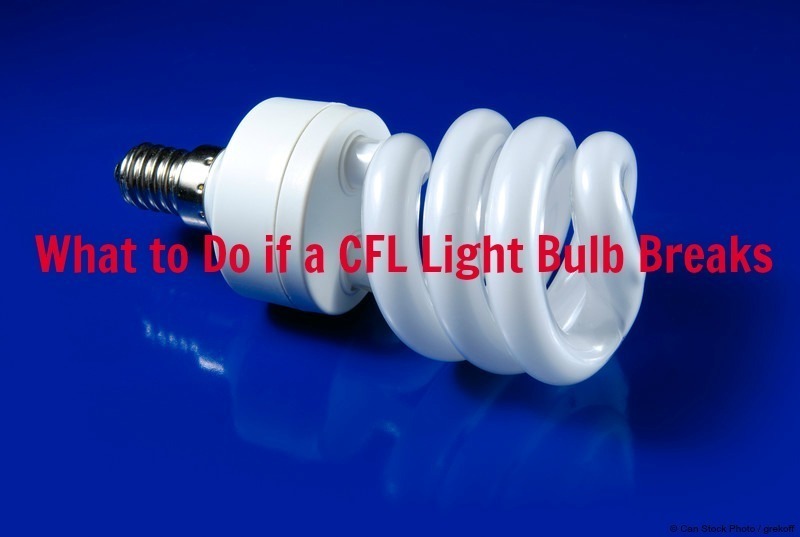Eastern North Carolina Important: COVID-19 Announcement.

Compact fluorescent light bulbs have provided a good alternative to incandescent bulbs typically using 75% less energy. In addition, compact fluorescent light bulbs (CFLs) last as much as six times longer than incandescent bulbs. With benefits that include saving energy and therefore money as well as not having to be replaced as often, do CFLs have any drawbacks?
First, to understand drawbacks, it’s important to understand how CFL light bulbs work. Incandescent light bulbs run electric current through a wire filament putting out a warm glow. CFLs run electric current through a tube containing argon and mercury vapor creating ultraviolet light. CFLs don’t reach their greatest brightness immediately when switched on. They also can’t be used with dimmer switches.
The biggest drawback is the mercury that is necessary to efficiently produce light. Mercury is a central nervous system poison and exposure is a potential health hazard and environmental concern. The amount of mercury in CFLs is considered small at approximately 4 milligrams per bulb. The danger occurs when a CFL breaks.
The risk can be fairly small if managed correctly by following these steps:
In recent years, some compact fluorescent light bulb manufacturers have reduced the amount of mercury in their bulbs to as low as 1.4 to 2.5 milligrams. When CFLs are unbroken, there is no risk of mercury being released.
If a CFL bulb breaks at your house, don’t panic. Follow the steps above. Consider switching your light bulbs to LEDs. While more expensive, LEDs last las much as 25X longer than incandescent bulbs and as much as 5X longer than CFLs.
Please Like Us on our Facebook page or Follow Us on Google Plus
If you have questions about your home’s foundation or foundation repairs, contact Atlantic Foundation and Repair at 919-855-0855.